Belarus postage stamps set year 1992 Ceramic Pottery Handicraft Art
Belarusian ceramic pottery has a rich history that dates back to prehistoric times, reflecting a blend of Slavic and Baltic influences. This craft has evolved significantly over the centuries, with notable developments and regional variations.
Historical Background
Pottery in Belarus began as a handcraft practiced by ancient tribes, with evidence of ceramic production found in archaeological sites. By the 7th century, Slavic tribes settled in the region, assimilating local Baltic cultures, which laid the foundation for Belarusian ceramic traditions. The introduction of the potter’s wheel in the 10th century marked a significant advancement, transitioning from hand-plastered techniques to more refined methods.During the Kievan Rus’ period (10th to 12th centuries), major centers of ceramic production emerged in cities such as Polacak and Turau. The Grand Duchy of Lithuania (13th to 17th centuries) further enhanced the craft’s prominence, with Belarusian ceramics being exported to major cities like Moscow and Warsaw. This period saw a flourishing of craftsmanship, with many artisans contributing to significant architectural projects in Moscow.
Types and Techniques
Belarusian ceramics are characterized by their functionality and simplicity. Traditional pottery includes various forms such as pots, pitchers, and decorative items, often distinguished by specific regional styles named after the villages where they are produced (e.g., “Haradnianskaya” or “Pruzhanskaia”). Notably, the ceramics from Southern Belarus exhibit intricate designs that share similarities with Ukrainian traditions, while Northern Belarus retains more archaic styles dating back to the Iron Age.The decorative techniques employed in Belarusian pottery are relatively straightforward. Many pieces feature minimal painting or glazing, relying on natural clay colors and simple geometric patterns. The craftsmanship emphasizes functionality alongside aesthetic appeal, with potters often using local materials and traditional methods passed down through generations.




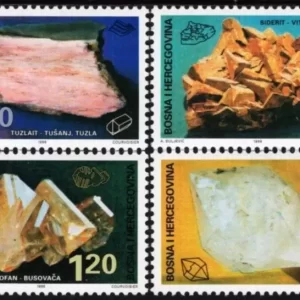
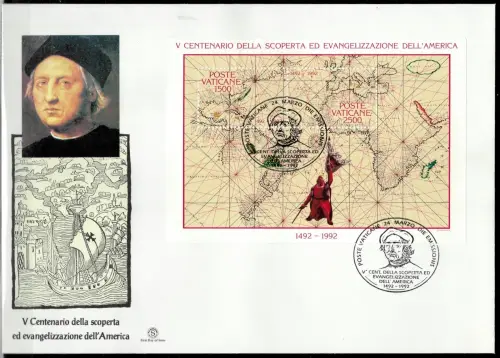

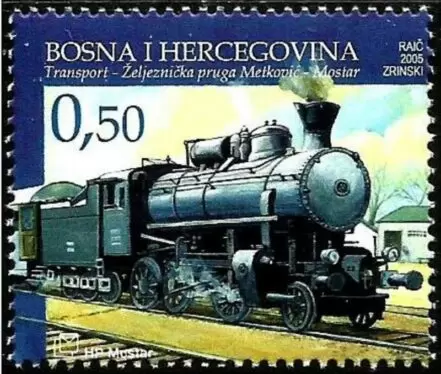
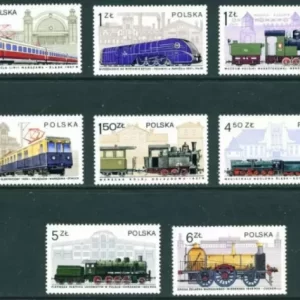
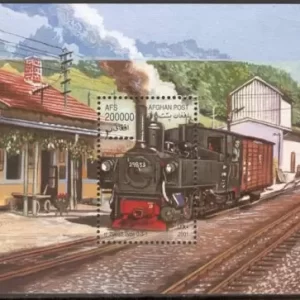
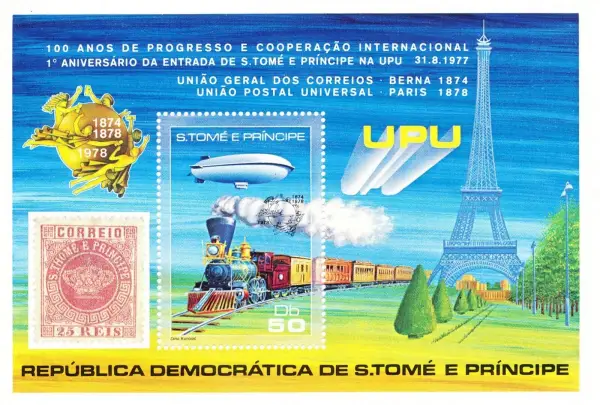
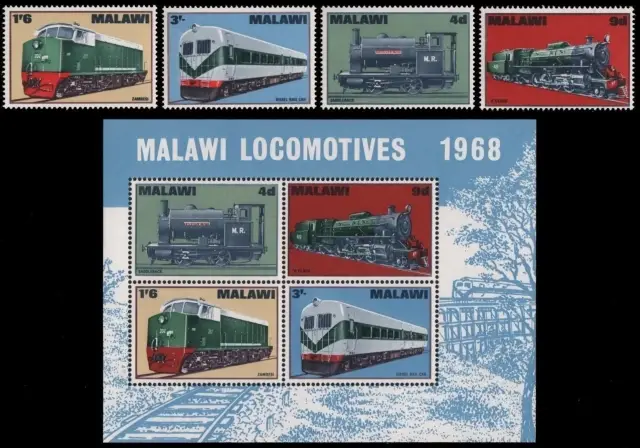
Reviews
There are no reviews yet.